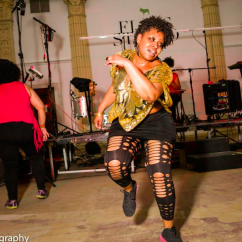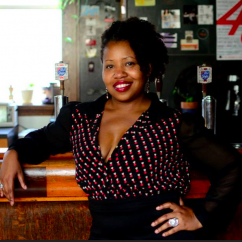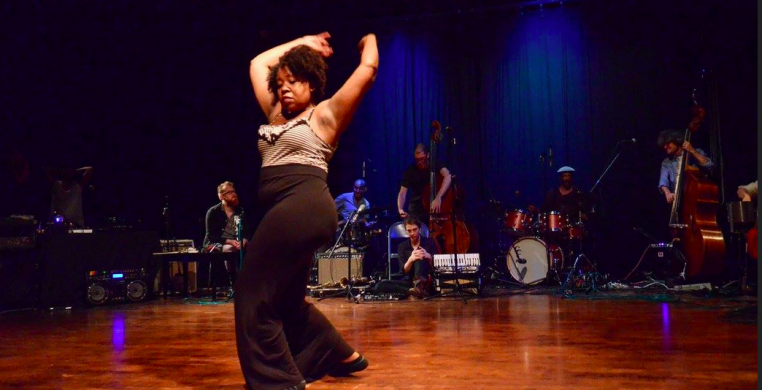Keep It Moving
My mother used to say I came out of the womb dancing. George Benson’s ‘This Masquerade’ is the first pop song I can vividly remember bopping around the house to when I was a toddler. Growing up in an intellectually stimulating, artistically inclined household, and witnessing music’s enchanting effect on my parents, influenced the effect music had on my love for dance, creative movement, and embodied storytelling.
As a Black Gen X-er who grew up in South Shore, I also witnessed the dawn of the three most popular contemporary dance genres of that time—disco, hip-hop, and house— from the front lines during my most formative years. Although back in the day I had a subscription to Ballet Magazine and was a fan of Makarova, Nureyev, and Ailey, disco, hip hop, and house dance genres and cultures resonated with me on a more visceral level than the standard ballet/tap/jazz triumvirate ever has. Because of their proximity, relevance, and passion, these three genres continue to inform the core values of my approach to dance and movement: as self-care, as community, and as conduit.
Disco, HipHop & House were all born out of urban Black & Brown communities in the late 20th century. Djs, dancers, MCs, and visual and fashion artists of color were creating new ways of making music and dance using the limited resources immediately available. Concepts of “remixing” and “sampling” come from a legacy of “using what you got to get what you want” and “making a way out of no way”. The innate resilience and creativity that informs our continued survival in the New World is the same that informed the ring shout during chattle slavery, DJ Kool Herc’s sound system in the Bronx, and Frankie Knuckles’ mixes at The Warehouse. My own use of colloquial movement codas expresses my physiological, psychological, and spiritual need to honor and value intuitive movement---both in my general conditioning and my creative practice. #keepitmoving #selfpreservationisjobnumberone
Although Disco is technically the only one of the three aforementioned dance genres that could be considered ‘partnered,’ all three are ‘social’ dances and played an integral part in creating community among me and my peers. As a teenager, I was on dance teams (formal and informal) and attended many a school dance that incorporated each of the three genres. Chaperones would just gawk in amazement as we replicated the ring shout, but with much more dynamism. The cypher, the mosh pit, the dj booth---it was in these realms of kinetic transcendence that I found organic (and orgasmic) fellowship among my movement-based “framilies”. Dance floor families of friends collectively found belonging outside the walls of an institution (i.e. school, church, job, studio); inside a nimble-yet-percussive coda of stomps, kicks, pivots, jetes, thrusts and pirouettes.
Runner’s High, that feeling of euphoria one gets when one “hits the zone” of optimal mind/body integration and physical performance. Although I don’t run, I’ve definitely experienced that kinesthetic High (both on and offstage). Hitting my zone onstage opens communication between me and my audience, activating a reciprocal urge to build stronger communities through creative movement…Hitting my zone at a dance party opens those same pathways among strangers who fellowship at the altar of ‘four on the floor’ and sweat…Hitting the zone in my living room or rehearsal space opens my pathways of connection to my ancestors and empowers my agency as a Black creative/ Black performative body; the most personal version of my previously-described dance floor experience.
As I age, I find that I am more frequently negotiating new physical limitations. However by drawing on my experiences, rituals, and values as an ‘intuitive movement artist’ and former fitness professional, I am better empowered to nimbly improve quality of life... for myself and my marginalized communities. Mobility is sacred to me, so everyday and every way, I strive to “keep it moving."
"Lifelong Chicagoan and performer Felicia Holman is Artist Services Manager at Links Hall and a co-founder of both the Art Leaders of Color Network and Honey Pot Performance. Felicia sums up her dynamic artrepreneurial life in 3 words—'Creator, Connector, Conduit'."

